It is impossible to ensure fairness
Power cut schedules vary greatly from Region to Region. They are drawn up by regional power companies, taking into account the overall situation in the grid. Most importantly, they are based on recommendations from Ukrenergo. The company's specialists calculate the extent of the restrictions. There are six stages of power cuts in each region.
Power outage schedules must be published on the official websites of regional power companies. Their compliance is monitored by the State Energy Inspection. They remind us that power outages for each stage can last no more than six hours. After that, consumers must be guaranteed to receive power for at least two hours.
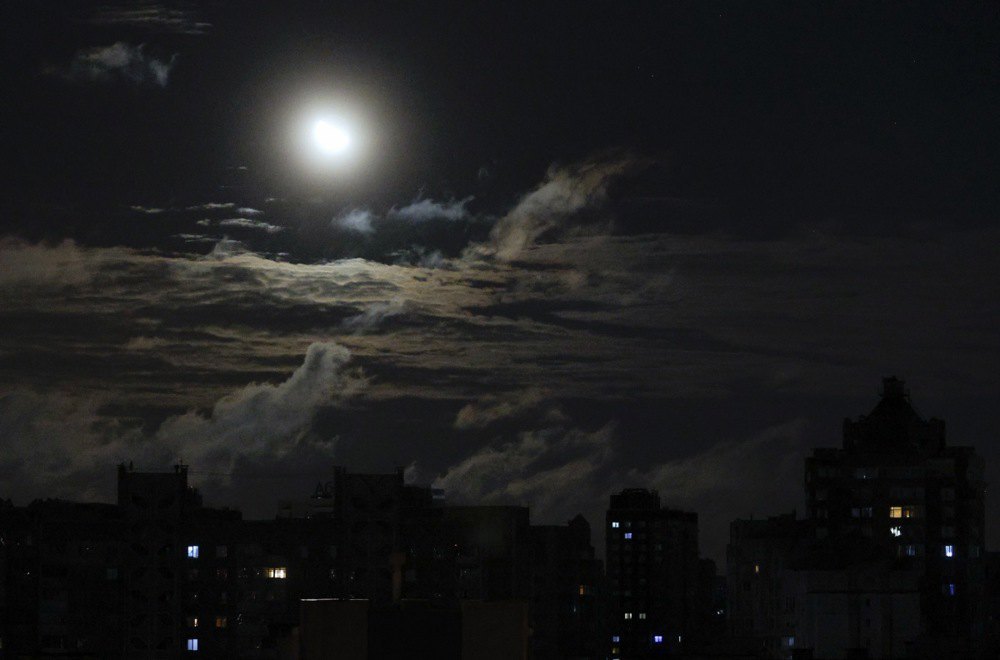
In October alone, the State Energy Regulatory Commission received nearly 900 complaints from consumers. Most of them concerned the fairness of power cut schedules.
"The most active complainants were residents of the Kharkiv, Kyiv and Dnipropetrovsk Regions," the agency added.
Often, even neighbouring Regions have radically different situations with energy supply.
For example, Ternopil Region was hardly affected by the schedules last week. Although even before the war, the Region always had an energy deficit. It is one of the few Regions where there are practically no power generation facilities.
Neighbouring Bukovyna, on the other hand, was subject to strict power cut schedules throughout last week. The region has its own power generation facilities, although they are not the most powerful in the west of the country.
The Ukrainian energy network was not designed with military operations in mind, the government emphasised. Therefore, the transit of electricity from the generation facility to the consumer over hundreds of kilometres is significantly limited.
"In order to partially unload the main networks, restrictions have to be introduced in regions along the route from generation facilities and inter-state interconnectors (through which imports are carried out) to the distribution networks of energy-deficient regions," the Ministry of Energy explained.
But there are exceptions: when, for technical reasons, electricity transit is impossible through certain regions. Under such conditions, these areas may have a surplus, so power cut schedules are not applied there.

The situation on the left bank of Ukraine remains the most difficult. Strict power cut schedules are also in effect in Kyiv. The country is still recovering from the powerful attack on 8 November. At that time, the Russians destroyed a number of power generation facilities, and the energy sector could have lost up to 1 GW of capacity. This is roughly equivalent to the output of a nuclear power plant.
Russia is also deliberately targeting the transmission system, making it impossible to transmit electricity from west to east, where the greatest shortage has arisen.
"In this situation, the nuclear power plants in western Ukraine are unloaded by 600 MW. At the same time, Ukrenergo has limited access to inter-state crossings for importing electricity," says former Energy Minister Olha Buslavets.
However, until the transmission systems are repaired, even an increase in electricity purchases will not help the left bank of Ukraine. Power outages will continue there.
"Our repair crews are working seven days a week, moving from site to site," says Vitaliy Zaychenko, chairman of the board of Ukrenergo.
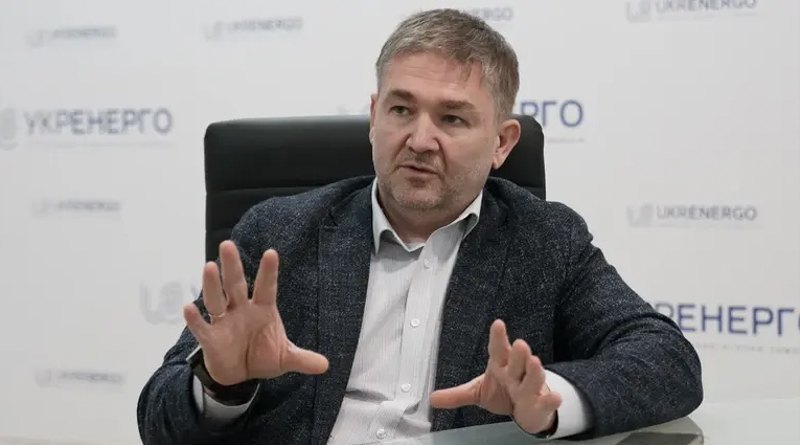
Imports are not yet providing relief
Ukraine has managed to negotiate an increase in the electricity import limit from the European Union by another 200 MW. This capacity is sufficient to supply approximately half of a small region. This means that starting in December, the state will be able to purchase up to 2,300 MW of electricity from the EU.
However, imports come at a higher price. Electricity prices on the western border have risen by another 5%. The cost from Slovakia has risen the most (+14%). Electricity on the Ukrainian market has also become more expensive on a daily basis. Over the course of a week, the wholesale cost during working hours has risen by a quarter.
Experts at the Razumkov Centre have recorded a new wave of Russian disinformation campaigns about Ukraine's energy sector. The Kremlin is spreading fake news about deliberate unevenness in power cut schedules in the regions. They claim that the Ukrainian authorities are deliberately cutting off power to some regions so that others remain constantly lit.
"Imports are used at 25-30% due to the inability to transmit more as a result of substation repairs. This has led to a surplus in the west of the country and a large deficit in the centre and east. Under these conditions, Ukrenergo has no way of ensuring equal schedules for all regions," says Volodymyr Omelchenko, director of energy programmes at the Razumkov Centre.
After the Russian attacks, Ukraine's dependence on nuclear power plants has become even stronger. All nine nuclear power plant units are operating normally and generate approximately 60% of the country's total electricity. The Russians understand this situation and do not risk attacking nuclear power plants, but they are trying to shut them down.
The Kremlin is again seeking to destroy key substations responsible for transmitting electricity from nuclear power plants. On 8 November, the Russians attacked facilities supplying the Rivne and Khmelnytskyy nuclear power plants. A similar situation occurred at the end of October, when the information was officially confirmed by the IAEA. International experts noted that the damage affected substations that are important for three Ukrainian nuclear power plants.
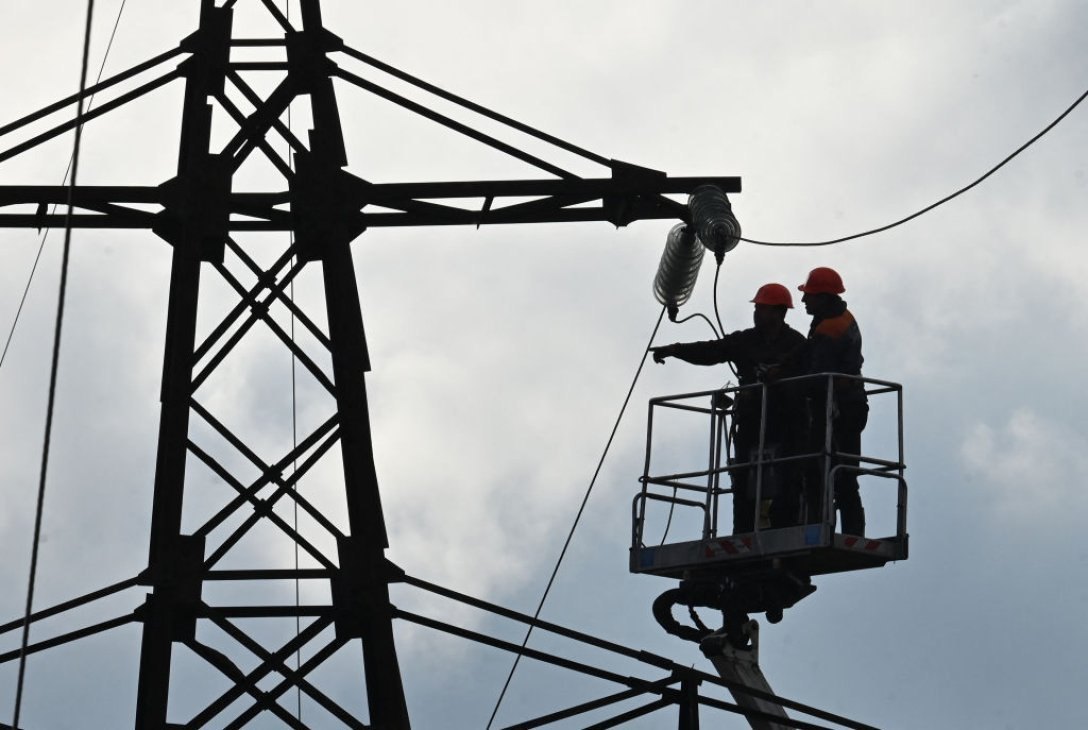
Electricity generation at hydroelectric power plants has fallen dramatically since the beginning of November. The reason is the same: Russian missile and drone attacks. Hydroelectric power plants are a very important element in the functioning of Ukraine's energy system. They generate electricity and help balance the system during peak consumption hours.
Electricity generation at thermal power plants has also decreased significantly. For example, Centrenergo announced the loss of all its capacity. Before the full-scale invasion, the state-owned company owned three thermal power plants. Vuhlehirsk was occupied in 2022, and last year the Russians destroyed the Zmiyivska and Trypilska thermal power plants. However, some of the capacity was restored, but the plants were shut down again after another attack.
"The damage is quite significant, so it is difficult to count on a quick recovery, even with the energy workers working around the clock," adds Olha Buslavets.
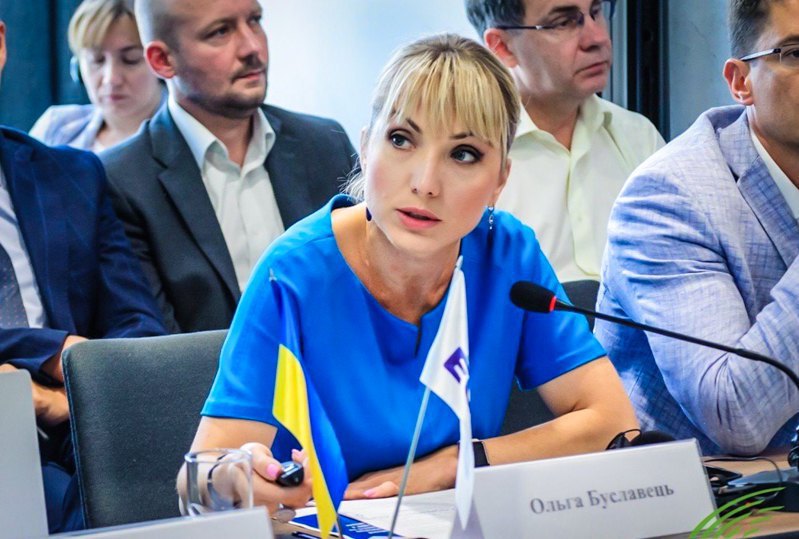
Solar power plants are operating at low capacity. Their annual generation is minimal.
Are we sitting without electricity because of corruption?
Undoubtedly, the main reason for the electricity shortage and the introduction of power cut schedules is Russian attacks. However, the security of energy facilities in the fourth year of full-scale war still raises questions, especially when it comes to Energoatom. The state-owned company is mired in a corruption scandal that could have caused the state colossal losses of approximately $100 million.
According to the NABU and SAP, members of the criminal group took 10-15% kickbacks on Energoatom tenders. These included tenders for the construction of protective structures at facilities under the company's control. Energoatom announced tenders for the construction of physical protection only at the beginning of last autumn. In total, the company planned to spend almost 7 billion hryvnyas.

"Energoatom is responsible for nuclear power plants and open distribution devices that supply electricity from nuclear power plants. When people are mired in corruption, they do not engage in effective solutions: what equipment reserves to create, what to protect. They begin to make decisions about where they can make money and where they cannot. But as far as I know, these facilities have not yet been attacked," says Oleksandr Kharchenko, director of the Centre for Energy Studies.
Energoatom does not disclose what has already been protected and at what stage construction is at. They say that during the war, this information cannot be made public. Although, for example, Ukrenergo and the State Agency for Reconstruction have repeatedly reported how many facilities have been protected and how the work is progressing.
"Could corruption have influenced the duration of the power cuts we are now experiencing? This thesis is only partially correct. It cannot be said that if these less than ten Energoatom substations had been protected, everything would be fine now. One can only argue about the degree of responsibility," says energy expert Hennadiy Ryabtsev.

The average cost of protecting a Ukrenergo transformer is 120–150 million hryvnyas, according to the company's former head, Volodymyr Kudrytskyy. In contrast, the amounts that could be spent by Energoatom to protect similar facilities are potentially two to three times higher.
According to the Verkhovna Rada's Temporary Investigation Commission, the Russians managed to destroy only one of the 74 protective structures at Ukrenergo substations. In other words, the structures proved their effectiveness against attack drones.
And this is even though the Russians changed their attack tactics. First, Russia is sending several drones to each facility. Second, it equipped the drones with reinforced combat units.
The corruption scandal in the energy sector has dealt a huge blow to the state's reputation in the eyes of its partners. In fact, donors have almost stopped working directly with Ukrainian state-owned energy companies. (The only exception is Naftogaz, which receives funds for fuel imports).
According to analysts at the Centre for Energy Research, Ukraine has lost approximately 80% of foreign support for its energy sector over the past two years. And the less funding there is, the longer it takes to restore facilities after Russian strikes.
"Funding came mainly through Ukrenergo. The company received over $1 billion. There was donor aid and there were loans. But after the illegal dismissal of Volodymyr Kudrytskyy and the dissolution of the supervisory board, confidence in the company plummeted. And Ukrenergo immediately went into default. It could no longer attract such funds; on the contrary, it had to repay the loans it had received. This also created a large deficit of funds for the construction and protection of energy infrastructure," explains Volodymyr Omelchenko.
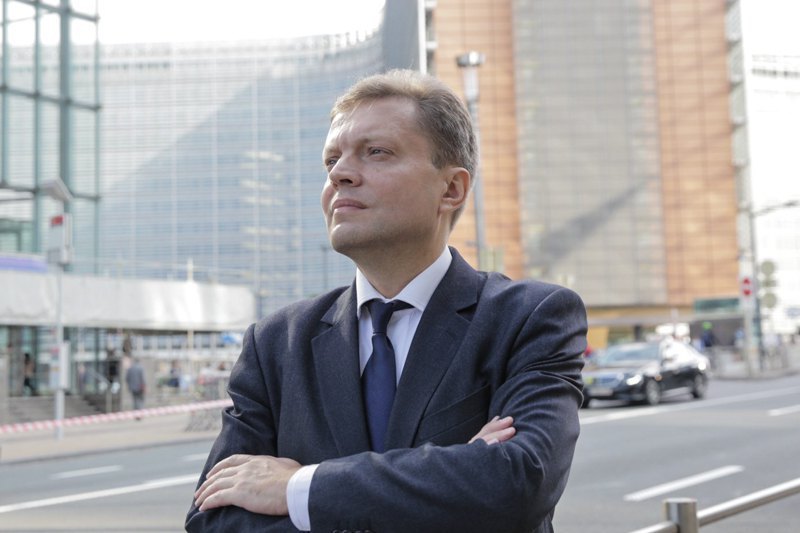
The government promises to audit all state-owned energy companies. President Volodymyr Zelenskyy has also announced a reboot of the National Commission for State Regulation of Energy and Public Utilities (NEURC). One of its members, Serhiy Pushkar, appears in the so-called Mindich tapes. In addition, the independence of the NEURC has raised many questions in recent years. The regulator's decisions are effectively blocked manually. This was the case, for example, with the introduction of new water tariffs, which never came into force after criticism from the president.
The independence of the NEURC is one of the conditions for Ukraine to receive financial assistance from the EU. The government must define the special status of the regulator, i.e. strengthen its independence from political influence. Failure to comply with this condition, along with several others, could cost Ukraine almost €4 billion. The state risks losing this amount, which is an extremely heavy blow in the context of the budget deficit.
"There are honest people in the energy sector. The very fact that the energy sector is still holding on after three years of shelling is thanks to those honest and dedicated energy workers. However, the problem is that the immoral and criminal behaviour of a small group of jackals casts a shadow over the entire industry. And the worst thing is that this can breed mistrust," says Andrian Prokip, an energy expert at the Ukrainian Institute for the Future.
This mistrust is particularly strong among residents of the regions that suffer most from Russian attacks. Among them is Chernihiv, where power cuts have been in place for two months now. The Russians attack the Region's energy infrastructure almost every night.
The parents of Tetyana Nikolayenko, deputy chair of the Public Anti-Corruption Council at the Ministry of Defence, live in a rural area in Chernihiv Region. The energy supply situation there is critical, with power cuts lasting up to three days.

"If there is no electricity, there is no connection. Mobile connection has always been terrible here, and after the Russians destroyed the towers in the spring of 2022, no one repaired them. This means that you can only make calls and send messages if you have Wi-Fi. But there is no Wi-Fi because there is no electricity. So you could die without any chance of calling an ambulance," wrote Tetyana Nikolayenko on Facebook.
The situation in such areas could be alleviated by the construction of decentralised power generation facilities. For example, small gas-fired power plants are more difficult to target and could provide electricity to entire neighbourhoods.
Ukrenergo held several special auctions for the construction of small manoeuvrable power plants in various regions. In total, this amounts to more than 300 MW of capacity, which would cover the needs of one small region.
"The Ministry of Energy decided to take the initiative and organise its own auctions. A special commission with extremely broad powers was created. The winners of these auctions were companies that were not to the liking of the ministry's leadership at the time. With no other options for rejecting these companies, the decision to announce the winners was simply postponed," says Hennadiy Ryabtsev.
One power plant was to be built in the Chernihiv Region, adds the energy expert. And the protocols recognising the winners of the auction have still not been signed.








